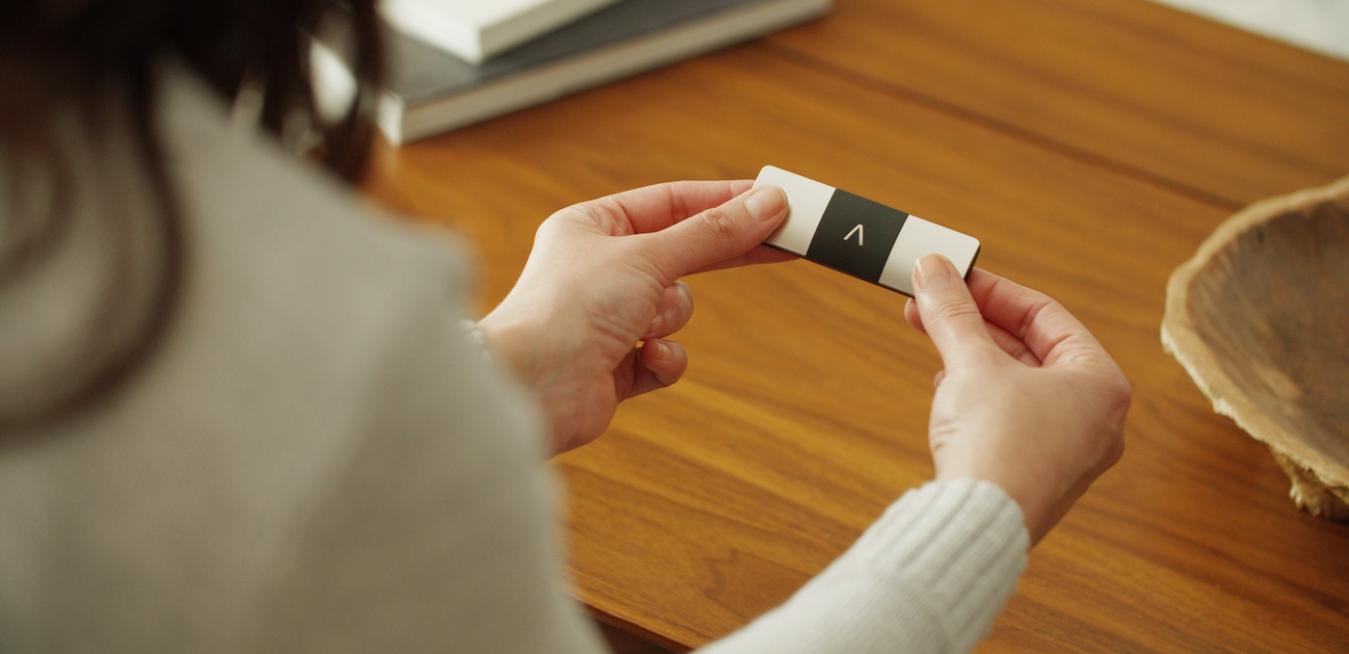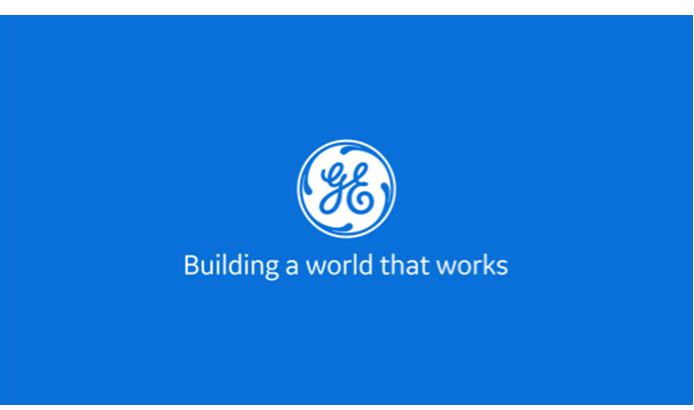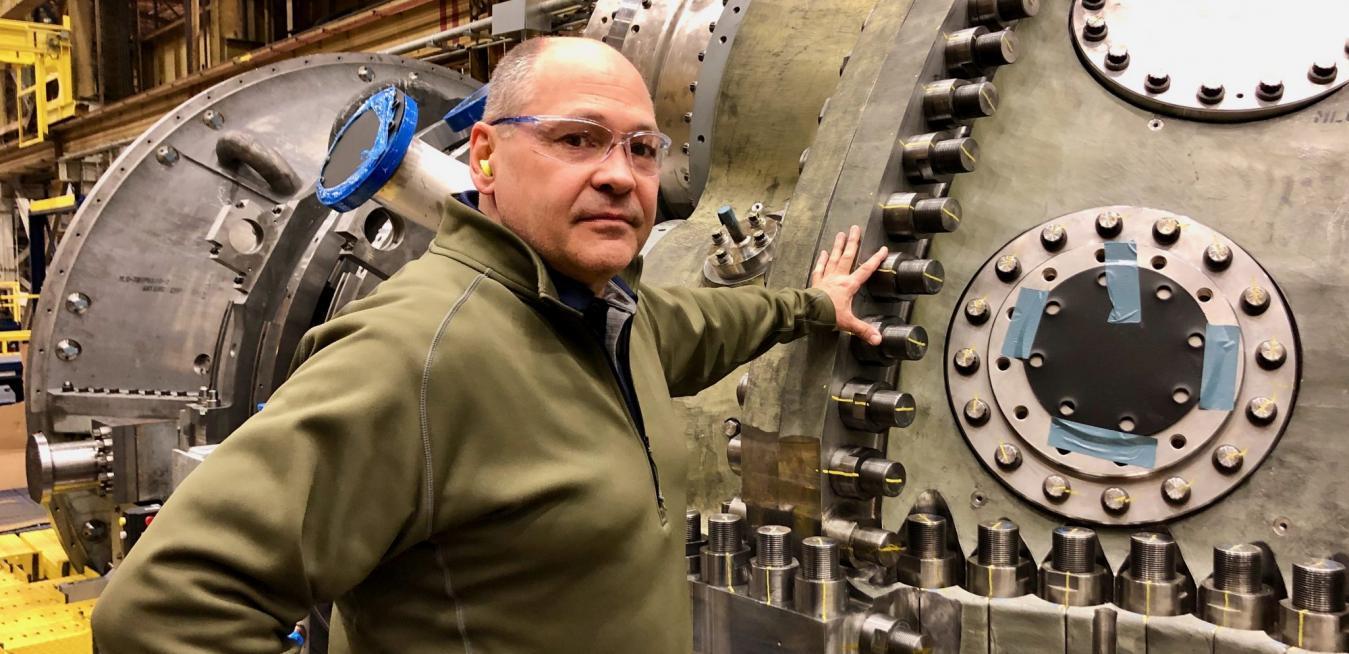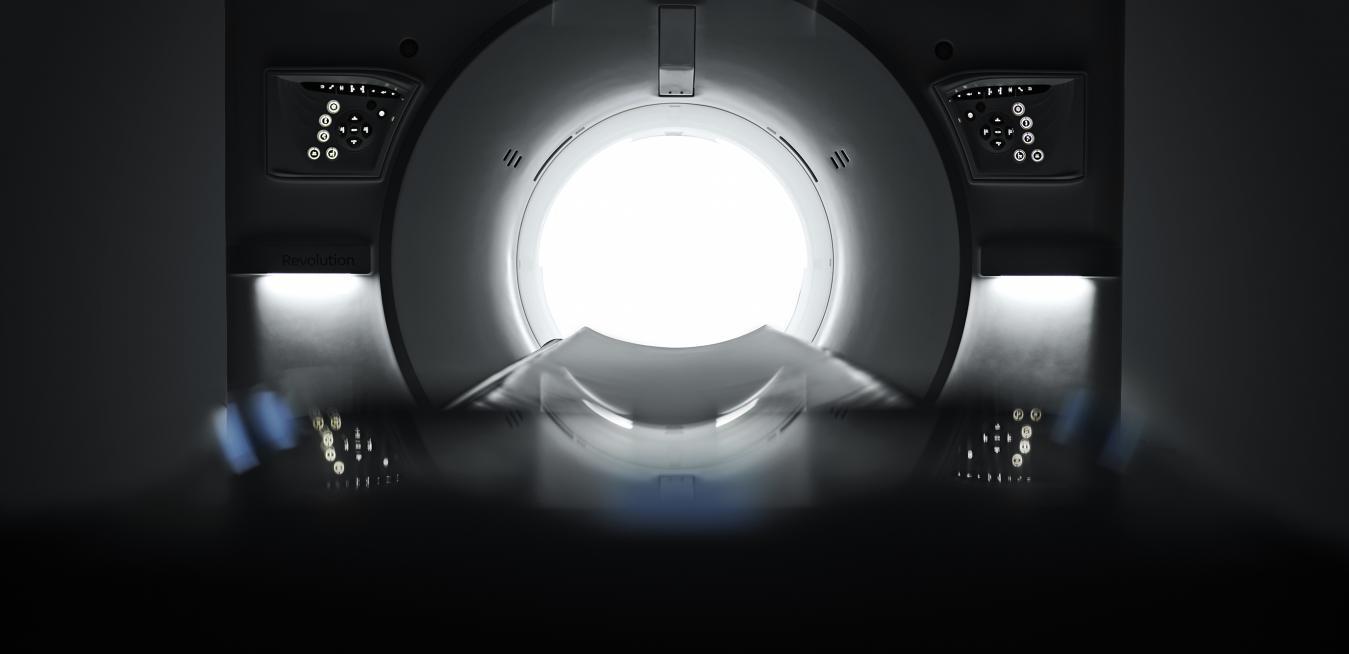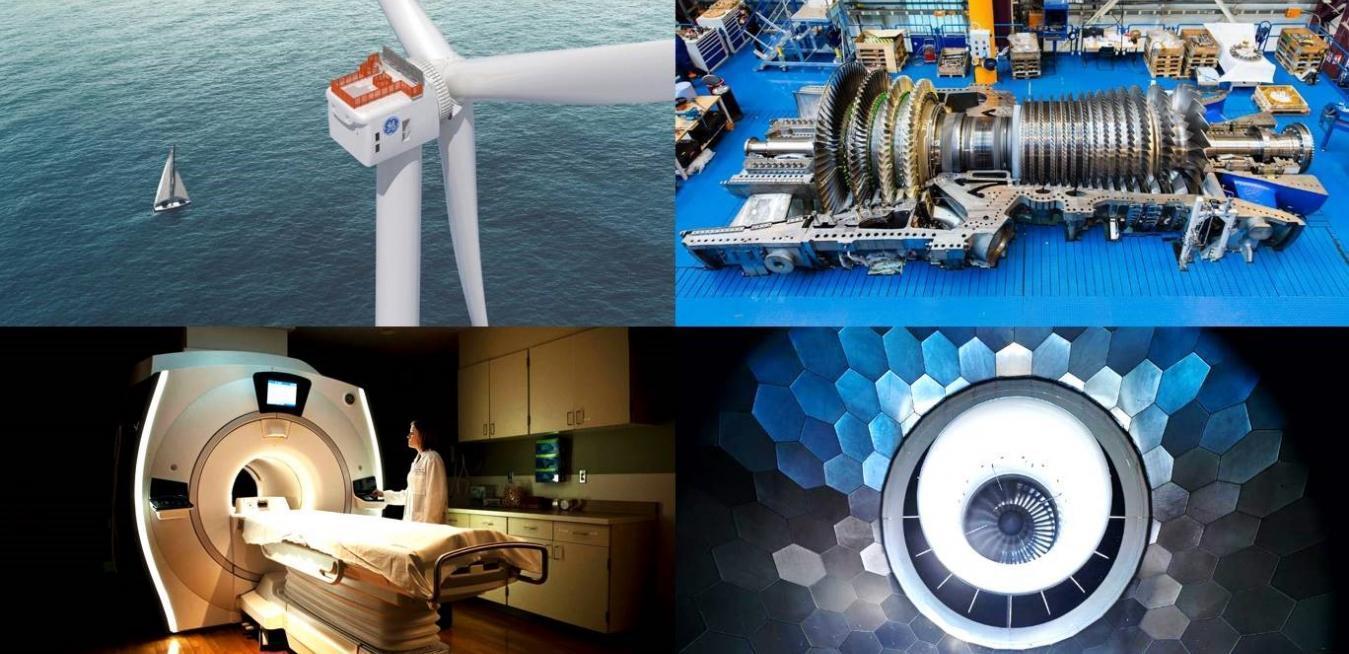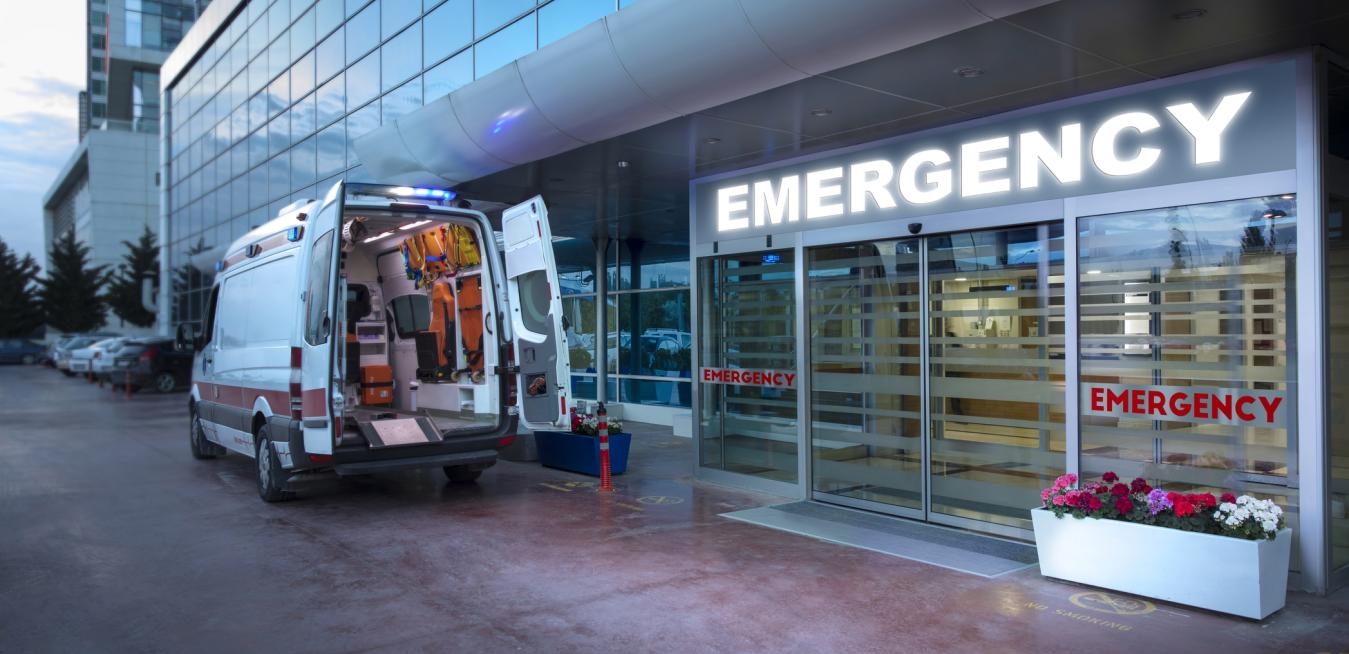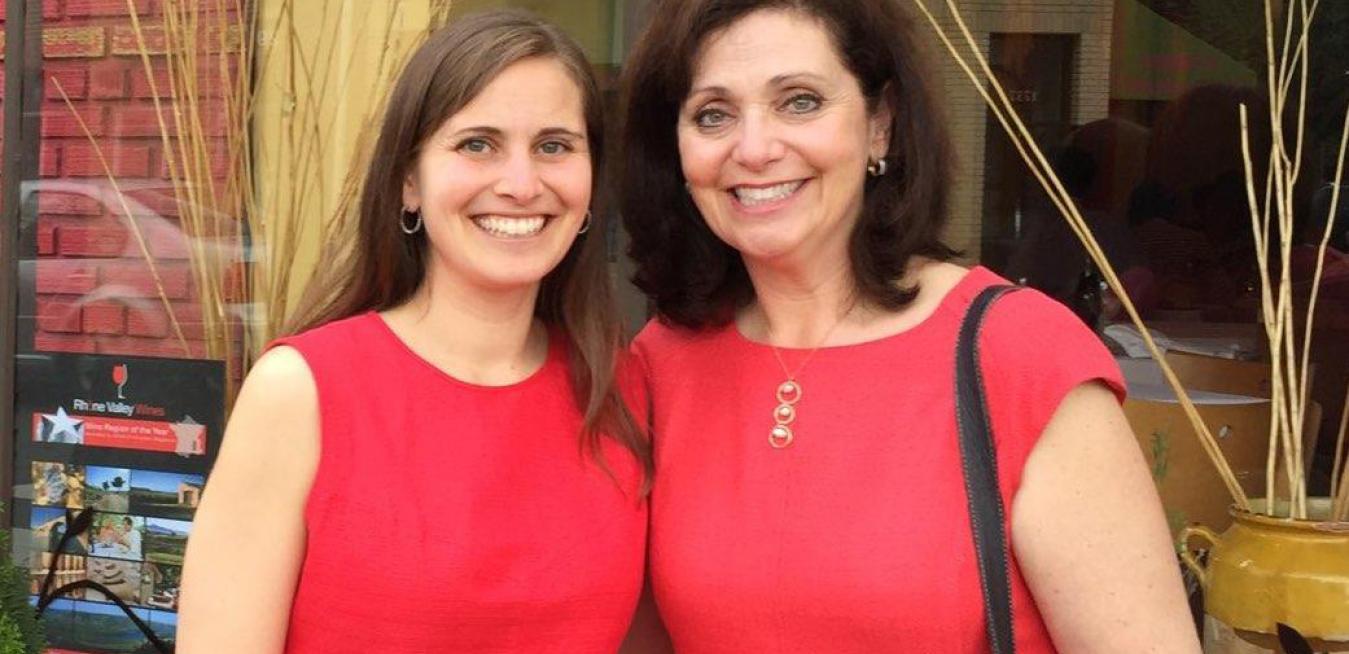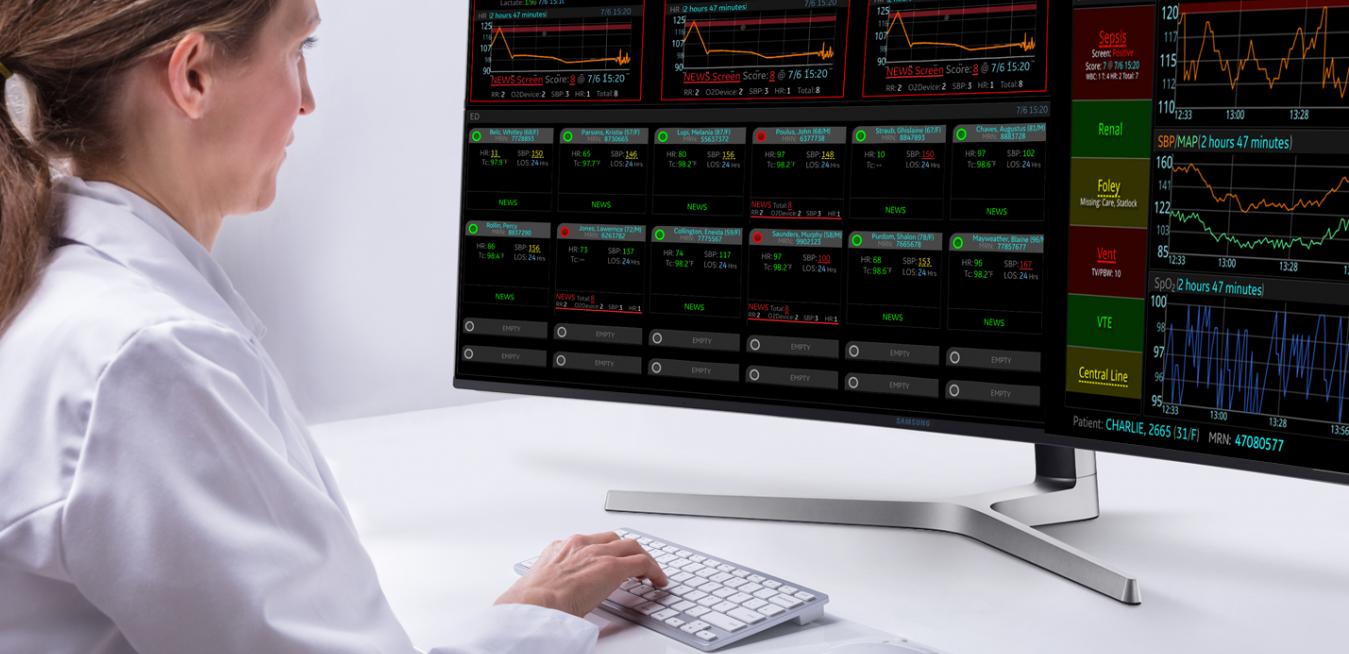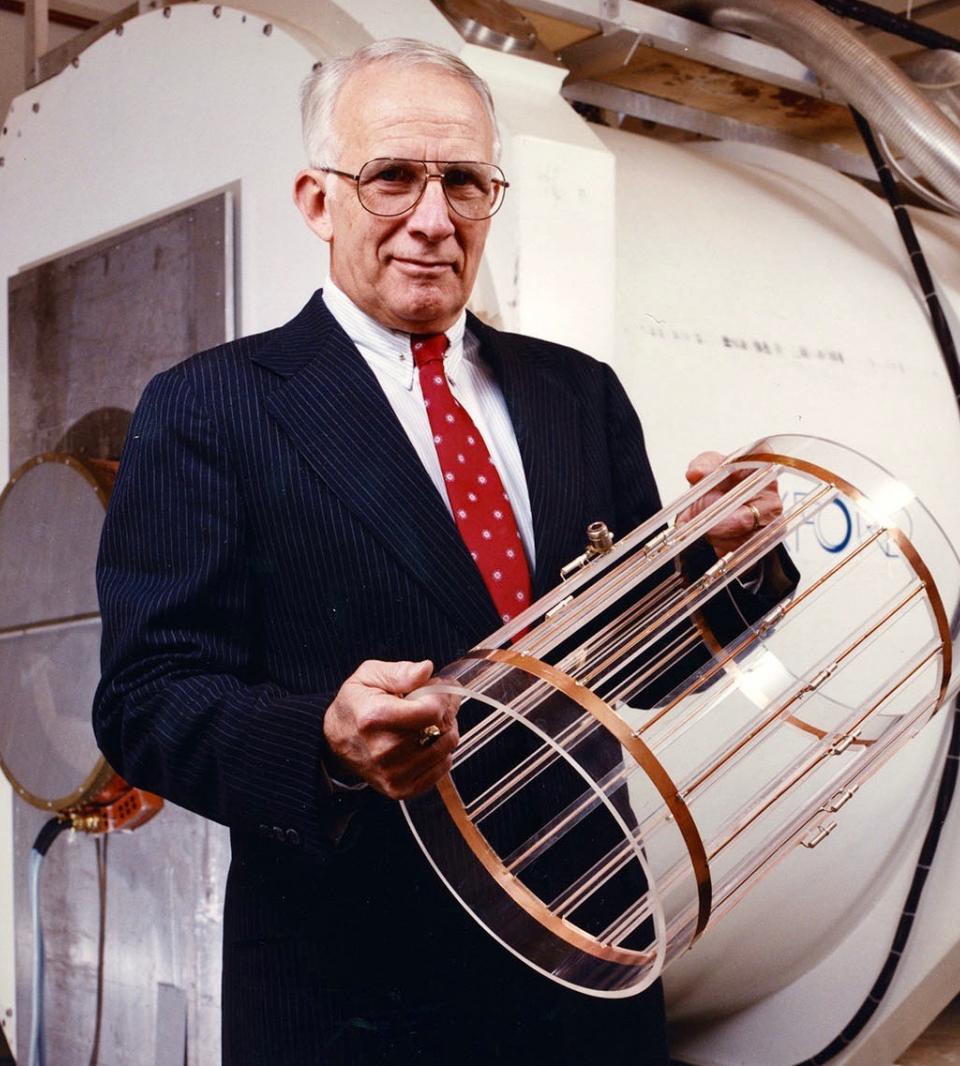When Tom Langer woke up in the middle of the night with a racing heart, he knew something was wrong. He headed to the emergency room near his home in southeastern Wisconsin, where he was diagnosed with atrial fibrillation, an irregular heartbeat that increases the risk of stroke and might lead to blood clots.
Enam tahun yang lalu, GE berjanji untuk berinvestasi lebih dari US$1 miliar demi mendukung sektor kelistrikan, minyak, gas dan perawatan kesehatan di Indonesia. Kemitraan itu menandakan GE sangat berkepentingan terhadap pertumbuhan bangsa ini, dan memiliki komitmen yang sangat besar.
Earlier this week, GE announced a “defining moment” in its history, a plan to form three global public companies, each a leader in its industry, focused on aviation, healthcare and energy.
There’s an emergency in Oregon. A patient is fighting a life-threatening situation and the paramedics at the scene are worried. If the patient doesn’t receive blood and intensive care soon, the outcome could be dire.
Fortunately, it’s not long before an air ambulance hovers overhead. A few minutes later, the patient is on board and arrowing toward the hospital, where an ICU and a team of medical personnel are ready. The air ambulance team has packed plentiful supplies of blood, allowing lifesaving treatment to begin in the cabin.
Dr. Rachel Brem and her husband, Henry, were hoping they just had the flu. It was early March, before COVID-19, the disease caused by the novel coronavirus, was widespread in the United States. Henry got sick first. For a little while, it was easy enough to dismiss his extreme fatigue as a passing issue. But then Brem, too, began to experience symptoms, some of which were known at the time to be associated with COVID-19 — such as a deep cough, muscle pain and a fever — and others that only became identified later, such as the loss of her sense of smell.
Doctors and nurses are, by nature, resourceful problem-solvers, using the tools they have available to save as many lives as possible. During the COVID-19 pandemic, that means finding new ways to observe their patients while lowering their own risk of infection and addressing the shortage of personal protective equipment (PPE).
There are skilled engineers, and there are able business leaders. Walter Robb was the rare mixture of both.
